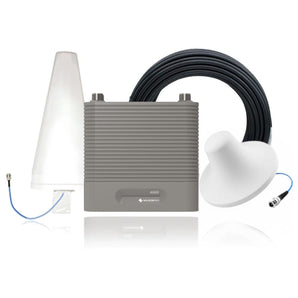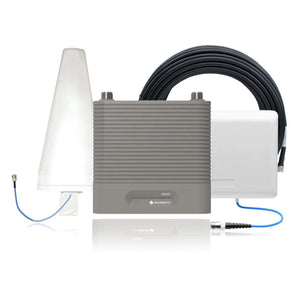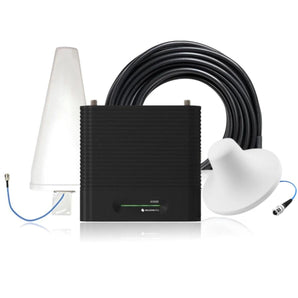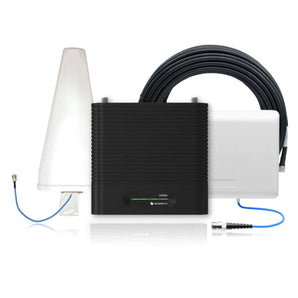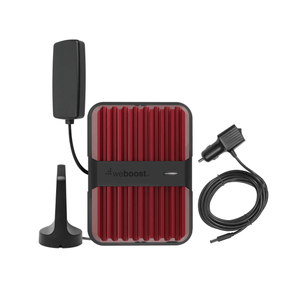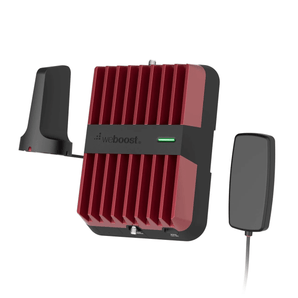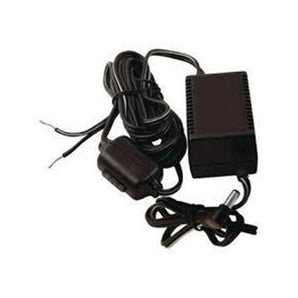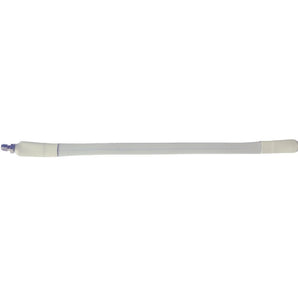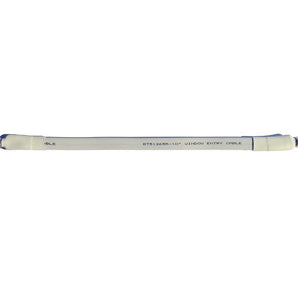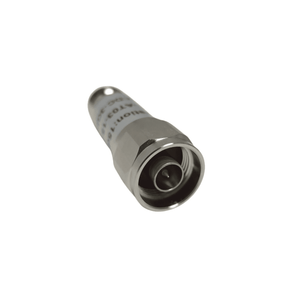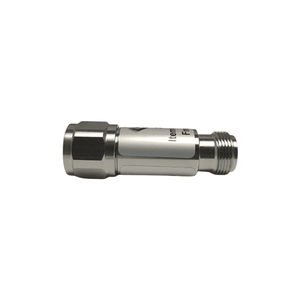Trusted by First Responders, Emergency Coordinators & Public Safety Officials
Public safety agencies across South Africa rely on Bolton Technical for ICASA-certified signal solutions that ensure clear, dependable communication - from emergency vehicles to command centers and critical infrastructure.
Reliable Signal for First Responders and Emergency Teams
Whether you’re coordinating disaster response in remote terrain, operating in reinforced buildings, or working deep underground - reliable communication is non-negotiable in public safety. Weak cellular signal can delay emergency response, disrupt real-time data sharing, and compromise team coordination.
Bolton Technical provides ICASA-approved signal boosters and passive repeater systems built for the challenges of the public safety sector. Engineered for resilience in the toughest environments, our solutions ensure dependable connectivity in control rooms, mobile units, and emergency operations - across all major networks.
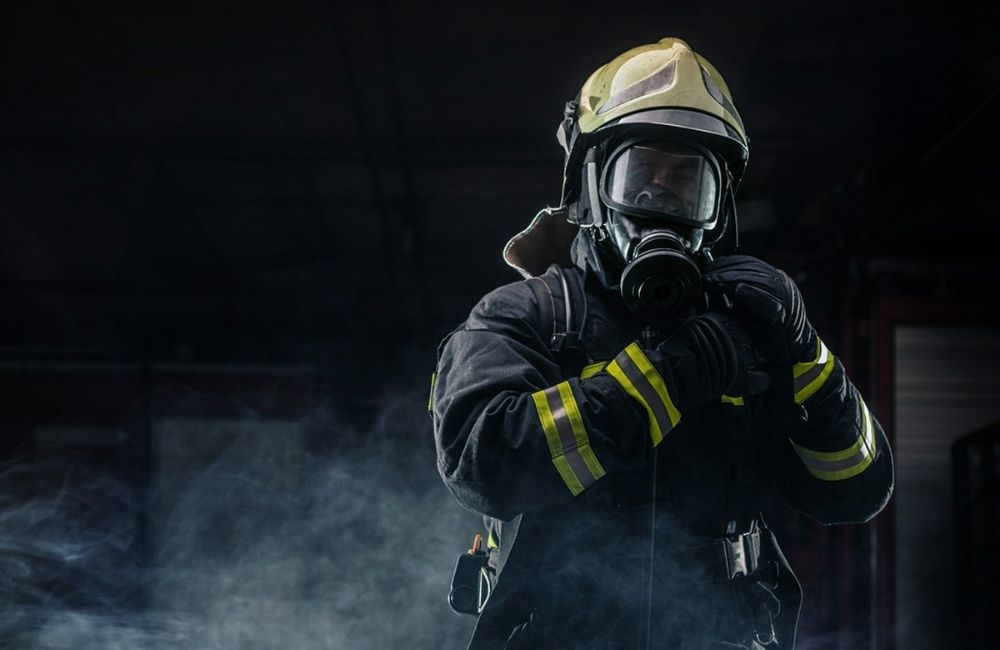
The Unique Challenge of Cell Signal at Emergency sites
Public safety teams face shifting connectivity challenges across different phases of emergency response - whether at disaster sites, temporary command centers, or reinforced buildings. While initial coverage might seem adequate, signal degradation often occurs as environments change or become more structurally complex.
This demands adaptable, high-performance solutions that evolve with the situation. Our WilsonPro systems amplify cellular signal strength by up to 32X, ensuring reliable voice and data communication for first responders - supporting faster 3G and 4G LTE connectivity when it's needed most.
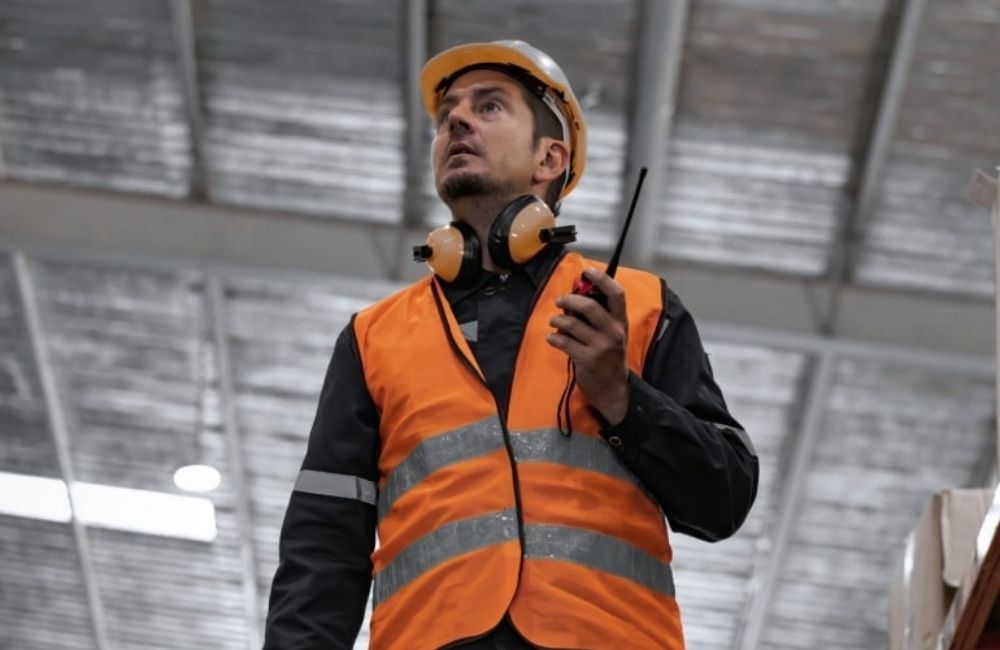
Reliable Communication Saves Lives
In emergencies, every second counts. Whether you're coordinating field teams, accessing mission-critical data, or calling for backup - reliable cellular signal is essential to protect lives and respond effectively.
Weak mobile coverage can delay emergency response, compromise operations, and put both first responders and civilians at risk. Our ICASA-approved signal boosters ensure strong, consistent reception across control centers, mobile units, and emergency zones.
Don’t let poor signal be the failure point in your emergency response. Trust Bolton Technical to keep your team connected - when it matters most.
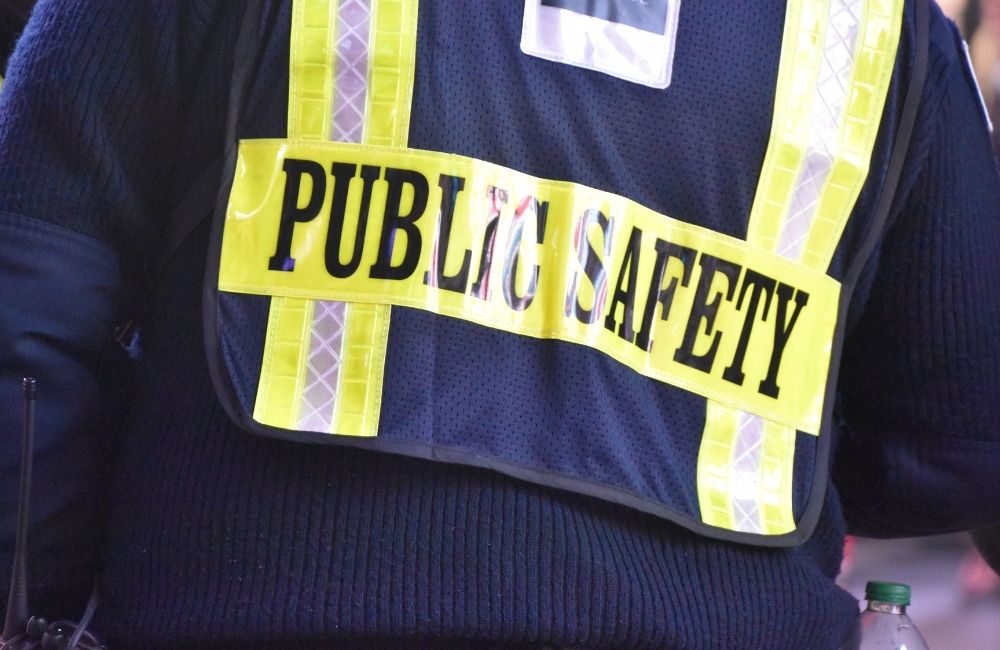
How Signal Boosters Work in Public Safety



1. Outdoor Antenna
Picks up Signal From Nearby Cell Tower
2. Amplifier
Boost Cellular Signal up to 32X
3. Broadcast Antenna
Re-broadcasts Strong Signal
Benefits of Bolton Signal Boosters for Public Safety
Whether you're securing a scene, coordinating emergency teams, or ensuring uninterrupted access to critical communications - reliable mobile coverage is non-negotiable. We’re here to help you choose the right setup - with professional advice, expert installers, and local support.

All SA Networks
Works across all SA Networks -Vodacom, MTN, Telkom, Cell C.

ICASA Approved
All Boosters are ICASA approved - Fully legal and compliant.

Temporary or Permanent
Ideal for short-term projects or long-term sites.

Professional Installation
Nationwide teams that know site safety protocols.
Our 4 Step Installation Process
Every professional repeater installation follows a proven 4-step process. Our certified installers are fully trained to ensure each installation meets our strict quality standards.

Step 1
Initial Review
Send us your building plans. Our team will create professional heat map designs showing projected antenna signal strengths per floor. We'll also generate a Bill of Materials (BOM) and a detailed cost estimate.
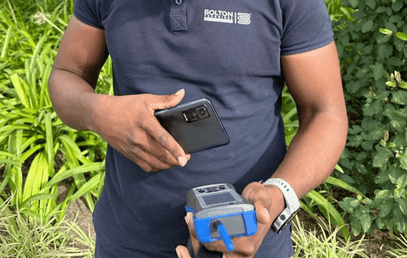
Step 2
On-Site Survey
We visit your building to conduct a comprehensive site survey using a signal test analyser. A signal expert will guide you through every step of the process to ensure accurate data collection.

Step 3
Design Proposal
Using the data from the survey, we refine the system design and generate a final, accurate BOM tailored to your site's needs.

Step 4
Installation Support
Bolton’s expert installation team handles the full setup, ensuring the system is installed correctly for maximum performance and reliability.
Why Strong Cell Phone Signal Matters In Public Safety
Maintain Critical Connectivity. Enhance Safety. Eliminate Dead Zones. Deploy rugged, ICASA-approved signal booster solutions engineered for high-risk, high-demand environments - so your team stays connected when it matters most.

Strong indoor cellular service increases property value by 28%.

Over 80% of mobile traffic today originates inside of buildings.

Wi-Fi networks are not enough for constant quality connection.

75% of workplace accidents are caused by communication failures

5G and LTE are expected to drive a 40% increase in data demand on construction sites over the next 5 years.
Public Safety Signal Booster FAQs
Why is reliable communication essential for public safety operations?
In emergencies, clear, uninterrupted communication can mean the difference between life and death. First responders - including fire, police, and EMS - must stay connected to dispatch, command centers, and each other. Poor signal in buildings or remote areas can delay response times and compromise safety.
What causes poor cellular or radio signal in buildings?
Several factors contribute to weak signal in public spaces, including:
- Thick concrete, steel, and glass infrastructure
- Basements, stairwells, and enclosed or underground zones
- Dense interference from electronics and machinery
- Lack of in-building amplification systems for emergency frequencies
What is a Public Safety DAS and how does it work?
A Public Safety Distributed Antenna System (DAS) is a network of antennas connected to a signal source that amplifies emergency communication signals throughout a building. It ensures first responders can communicate clearly in any part of the structure, including areas often missed by outdoor towers.
What’s the difference between a Public Safety DAS and a Commercial DAS?
While both systems boost signal inside buildings:
- Public Safety DAS is purpose-built for emergency services, supporting VHF, UHF, and 700/800 MHz radio bands.
- Commercial DAS enhances cellular connectivity for the public (e.g. voice, data on LTE/5G).
Public Safety DAS must meet life-safety codes and remain operational during power outages or fires.
What building regulations and codes apply to public safety signal systems?
In South Africa, local fire and building departments may require signal compliance before issuing occupancy certificates. Zinwave solutions help meet global and local standards like:
- ERRC (Emergency Responder Radio Coverage) testing
- NFPA and IFC 510 codes (internationally recognized)
- ICASA and SANS specifications for compliant radio coverage
Do I need a Public Safety DAS in my building?
You likely need a DAS Solution if your facility:
- Is a high-rise, large public venue, multi-storey complex
- Has basement levels, underground parking, or shielded areas
- Fails signal testing required by municipal fire authorities
- Hosts emergency operations or is a critical infrastructure site
Can Zinwave DAS support both two-way radios and cellular networks?
Yes. Zinwave’s wideband DAS technology supports all major radio and cellular frequencies - including VHF, UHF, 700/800 MHz, LTE, and 5G - on a single hardware layer, eliminating the need for two separate systems.
How does Zinwave’s DAS improve emergency communication?
Zinwave DAS offers:
- 100% fiber-based infrastructure for easy expansion and minimal maintenance
- All-frequency compatibility (radio + commercial bands) on one system
- Low component count, reducing cost and complexity
- Built-in redundancy to ensure uptime during disasters or power loss
What types of buildings require public safety signal coverage?
Common examples include:
- Government buildings and law enforcement stations
- Hospitals and medical centres
- High-rise office blocks
- Airports and transport terminals
- Convention centres, stadiums, and shopping malls
- Parking garages, tunnels, and underground facilities
Can I retrofit a Public Safety DAS into an existing building?
Yes! Zinwave’s DAS is ideal for retrofits and upgrades. With a fiber-based architecture and minimal hardware requirements, it’s faster and less invasive to install compared to traditional DAS systems - making it perfect for upgrading legacy buildings, hospitals, or government offices to meet new compliance standards.
Do I need a site survey before installing a Public Safety DAS?
Yes, a professional site survey is essential. It identifies current signal coverage, pinpoints dead zones, and ensures the DAS design meets local compliance (like ERRC or municipal by-laws). Bolton Technical offers expert surveys and design services to ensure your system performs reliably when it matters most.
Need help with connectivity? Our local team is ready to assist.


